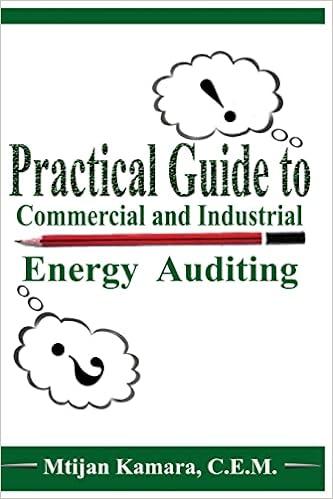Question
The expected returns of P, A, B, and C are 5%, 8.125%, 10.125%, and 9.125% respectively. While the standard deviations of P, A, B, and
The expected returns of P, A, B, and C are 5%, 8.125%, 10.125%, and 9.125% respectively. While the standard deviations of P, A, B, and C are 10%, 15%, 17%, and 20% respectively.
Which of the three indifference curves denoted with 1, 2 and 3 on the graph passing through P is associated with a mean-variance investor with a risk aversion of 5? Justify your answer with calculations.
Keep assuming a mean-variance investor with a risk aversion of 5 and consider a new portfolio D with a standard deviation of 5%. What expected return portfolio D has to offer to lie on the same indifference curve passing through portfolio P?
Which portfolio would a risk-neutral investor prefer among P, A, B, C and D? Justify your answer.

1 2 E(r) 3 B 10.125 9.125 . 8.125 5 10 15 17 20 1 2 E(r) 3 B 10.125 9.125 . 8.125 5 10 15 17 20
Step by Step Solution
There are 3 Steps involved in it
Step: 1

Get Instant Access to Expert-Tailored Solutions
See step-by-step solutions with expert insights and AI powered tools for academic success
Step: 2

Step: 3

Ace Your Homework with AI
Get the answers you need in no time with our AI-driven, step-by-step assistance
Get Started


